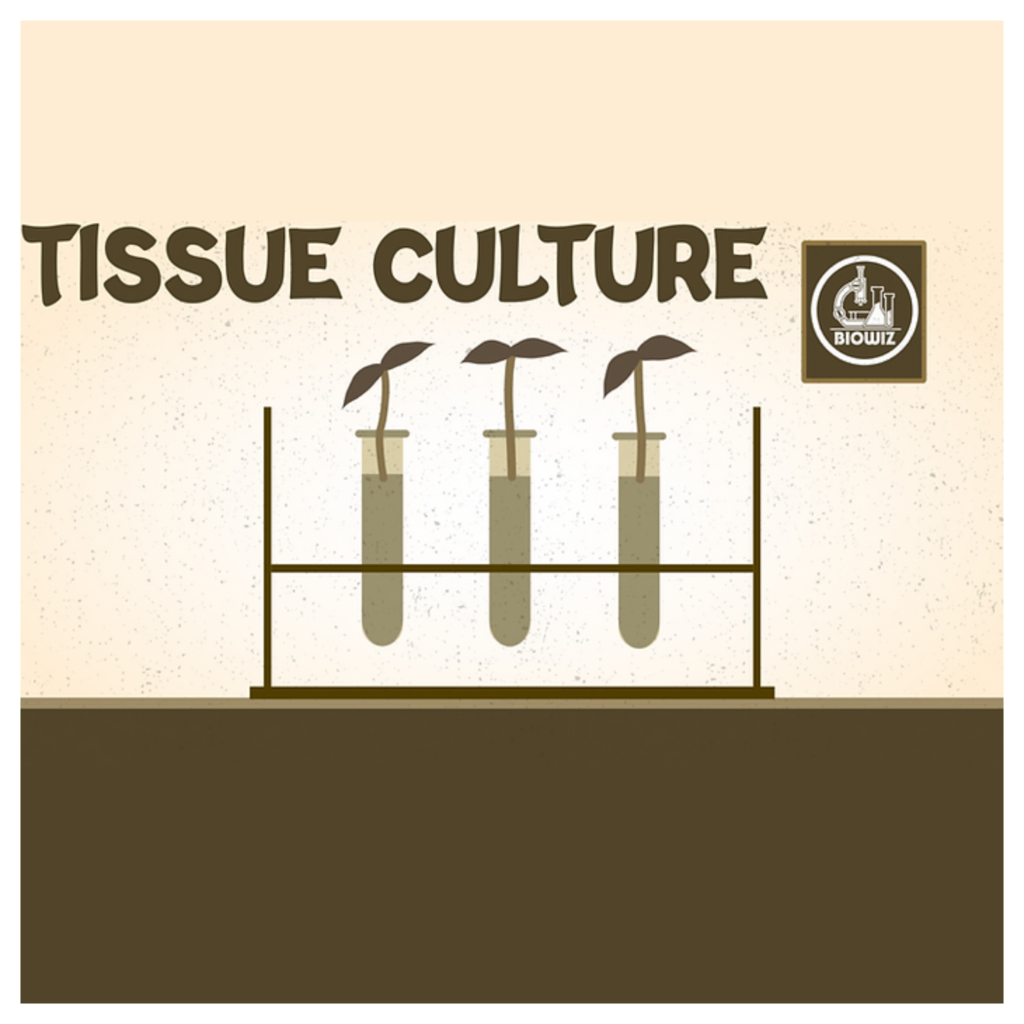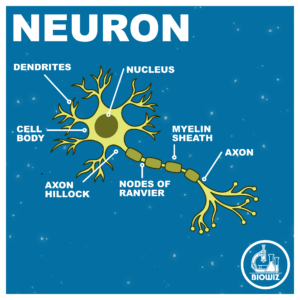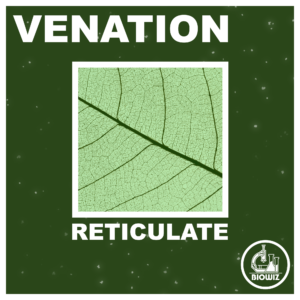WHAT IS TISSUE CULTURE?
Tissue Culture is the technique used for rapid multiplication of plants using a few living cells/ tissues. As this process involves using tissues to produce new plants asexually, hence it is also called Micropropagation.
PRINCIPLE OF TISSUE CULTURE
Tissue Culture is based on a property observed in living cells of the plants called Cellular Totipotency. Cellular Totipotency refers to the ability of a nucleated mature living somatic cell to produce the complete organism. The new individuals formed from Tissue Culture, just like any other means of asexual reproduction, are genetically (and morphologically) identical to themselves as well to the parent and are called Clones.
STEPS IN MICROPROPAGATION
- Selection of Explants
Explant refers to the part of the plant containing living cells that is used for Tissue Culture. - Sterilization of Explants
Surface sterilization of the collected Explant using disinfectants to avoid contamination. - Preparation of suitable Nutrient Medium
- Transfer of the selected Explants to the Nutrient Medium
- Initiation of the culture/ Callus Formation
Initiation is done using the two plants hormones (i.e. Auxin and Cytokinin) in equal ratio. This promotes dedifferentiation in the permanent non-dividing cells of the Explants which results in the formation of a mass of undifferentiated cells called the Callus. The cells of Callus are actively dividing and Totipotent i.e. Each cell is capable of producing a new plant body.
- Shoot Formation
The dedifferentiated cells of Callus are used for promoting shoot development by providing both Auxin and Cytokinin but Cytokinin should be in excess.
- Root Formation
The young shoots formed are induced to develop roots by again using both Auxin and Cytokinin but auxin being in excess. The young plants thus formed having both shoots and roots are called Plantlets.
- Hardening
The young Plantlets thus developed in laboratory are exposed to conditions similar to the external environment for their acclimatisation.
- Transplantation
After hardening, the plantlets are transferred to green houses or crop fields.
TYPES OF TISSUE CULTURE
On the basis of the type of Explant selected, Tissue Culture can be divided into the following types:
SINGLE CELL CULTURE
Single cells are isolated from explants by mechanical or enzymatic methods.
SOMATIC EMBRYO CULTURE
In this method of Tissue Culture, the somatic cells (Eg. Leaf cells) are used to produce an embryo by using high concentration of Auxin like 2,4-dichlorophenoxyacetic acid. The mature somatic embryo are called Embryoids which germinates to produce complete plantlet.
MERISTEM CULTURE
The cells of Shoot Apical Meristem or Axillary Meristem are used to perform Tissue Culture. The cells of Meristem are always dividing, so can be easily used to produce the new plants. Additionally, the cells of meristem are usually free of virus. So, healthy plants can be obtained from an infected plant.
HAPLOID/ ANTHER/ POLLEN GRAIN CULTURE
The haploid cells of the plants (i.e. Gametes) are used to obtain haploid plants. This type of Tissue Culture highly useful for the improvement of crop plants as it helps in study of expression of mutations and formation of pure lines.
OVARY CULTURE/ OVULE CULTURE
ADVANTAGES OF TISSUE CULTURE
- Large number of copies of the same plant can be obtained in a short time
- Plants can be prepared inside the laboratories throughout the year under controlled conditions
- It prevents the loss of hybrid characters in next generations in genetically engineered plants
- Rare and endangered plant species can be multiplied by this method to save them from extinction
- Genetically similar plants (somaclones) are formed by this method
- Effects of induced mutations can be easily studied




